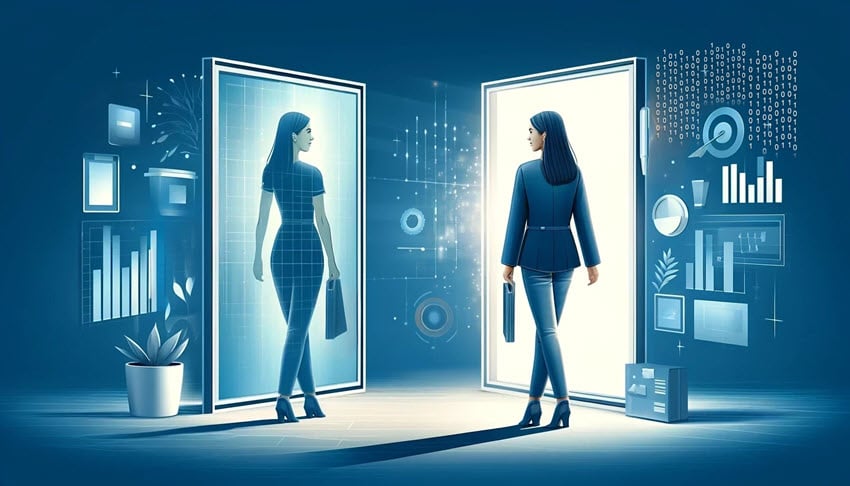Transitioning to a data-driven HR system can be daunting. So our VP of Sales and Solutions Architect Leader, Phil Schrader, met up with Yuli Lopez, Partner and Principal at Culture Curated, to discuss best practices for HR leaders embarking on or looking for guidance on that journey. Yuli describes her own mindset to this transition in the video below.
Read on for a few additional tips for anyone going through or leading this level of change and upheaval.
Embrace a Growth Mindset
Adapting to digital systems is a learning curve for everyone involved. It’s crucial to approach this transition with an open mind, ready to embrace new methodologies and technologies.
Yuli was two steps ahead in this regard. “[As an HRVP], it was exciting to be able to have information that I had been chasing,” she said. For teams or individuals feeling nervous about or resistant to using data in HR, she encourages new users to “jump in and put time on your calendar for just exploring.”
She’s right. Venturing beyond familiar or unexpected information can unveil insights you weren’t even aware you needed. This exploration can help users begin to understand how data stories are constructed from visibility into the details impacting employees.
Of course, a willingness to experiment works best in a culture where mistakes are seen as opportunities for growth rather than failures. A growth mindset not only enhances individual capabilities but collectively elevates the organization.
Practice Adaptability
The transition to using data in HR is less a straight line and more a series of learning opportunities, commonly thought of as obstacles.
In this journey, embracing change and having the ability to pivot your HR mindset is paramount. Leaders who quickly adapt to the unexpected and use every challenge as a stepping stone towards innovation will cultivate a flexible environment. Open dialogue will be the norm, ensuring that every team member feels they have a voice in this transformative process.
Adaptability is undergirded by two key characteristics (Source) that leaders must both personify and incentivize employees to develop:
- Emotional Resilience: The inner strength required to navigate through challenges and preserve mental and emotional health during times of change.
- Personal Responsibility: The commitment to proactively manage how we react to change, ensuring we are in control of our own development and progress.
Prioritize Collaboration
Digital transitions benefit significantly from diverse perspectives and expertise, not to mention a strong, collaborative team. Engaging team members in the planning and implementation phases ensures that the digital solutions adopted are user-friendly and genuinely address the needs of the organization.
Yuli notes that it’s important to partner with other departments. “There may be other aspects you’re not thinking about. If you go to them with a hypothesis, together you may be able to draw unexpected insights. This collaborative approach not only facilitates smoother adoption but also strengthens the sense of ownership among staff, fostering a supportive environment for change.
Create a Strong Visionary Perspective
Vision casters are like seasoned captains navigating through uncharted waters. They have a keen eye on the distant horizon, focusing on the incredible benefits that lie ahead. For a data transition, that could be delivering impactful insights across your organization and easily translating workforce data into cost allocations.
These visionaries don't just keep these exciting perspectives to themselves; they share them, painting a vivid picture of the future and recruiting buy-in for an efficient process.
As both cheerleaders and coaches rolled into one, these leaders are in the trenches, reminding everyone why the upheaval of transition is worth it. They champion and model patience and persistence, highlighting what every step closer to using data in HR means for the team, the organization and clients.
How One Model Helps
These mindsets are fundamental for HR leaders guiding their departments through the digital transition, but the technology of choice plays an enormous role in the outcomes of the journey.
One Model provides the people analytics solution technology that orchestrates everything decision makers need to be able to quickly make brilliant workforce decisions.



